As the gig economy continues to grow, more and more companies are relying on independent contractor drivers to transport goods and services. However, without a clear policy agreement in place, both the company and the driver can be at risk.
First, it`s important to define what an independent contractor driver is. These drivers are not employees of the company but rather work as freelancers or self-employed individuals. This means they are responsible for their own taxes, insurance, and expenses.
One of the biggest risks for companies using independent contractor drivers is having their classification challenged. If a driver can successfully argue that they should be classified as an employee rather than a contractor, the company may be liable for back taxes, benefits, and other expenses. To avoid this, it`s important to have a clear policy agreement in place that outlines the relationship between the company and the driver.
The policy agreement should include details on the driver`s responsibilities, including the type of vehicle they can use, the hours they are expected to work, and the routes they will be taking. It should also outline the company`s responsibilities, including payment terms, insurance requirements, and any training or safety guidelines.
Another important aspect of the policy agreement is the issue of liability. If an independent contractor driver is involved in an accident while on the job, who is responsible? The policy agreement should clearly outline the company`s liability and any insurance coverage that is required.
Finally, the policy agreement should include provisions for termination. If a driver is not meeting the requirements outlined in the agreement, the company should have the right to terminate the contract. It`s important to have clear guidelines in place to avoid any potential legal issues.
In conclusion, if a company is using independent contractor drivers, it`s crucial to have a clear policy agreement in place. This agreement should outline the relationship between the company and the driver, including responsibilities, liability, and termination. By having a comprehensive policy agreement, both the company and the driver can reduce their risk and operate more efficiently.

Commentaires récents